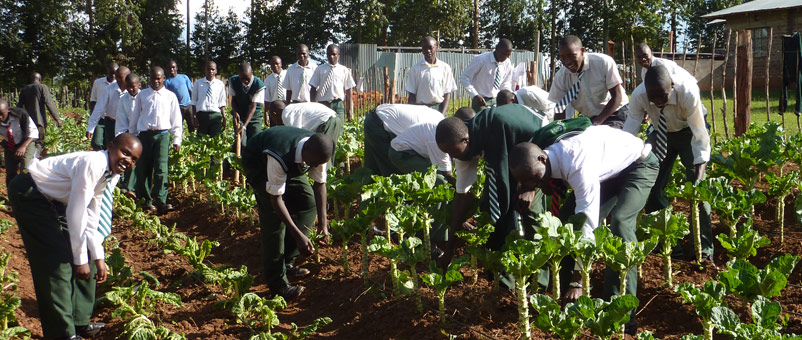In the last two decades, an ever-increasing frequency of floods, droughts and cyclones have caused extensive economic damage and have impaired livelihoods in Bangladesh. Agriculture, a key economic sector accounting for nearly 20 per cent of GDP and 65 per cent of the labour force, is greatly at risk. Adapting to and mitigating the effects of climate change is a key sustainable development and food security issue in Bangladesh.
Projected as one of the countries to be most seriously affected by climate change, researchers have studied a range of climate risks to Bangladesh and identified adaptation measures in the agricultural sector using a comprehensive integrated framework.
The World Bank report, published by Earthscan, considers a range of climate factors, including warmer temperatures, higher carbon dioxide concentrations, changing characteristics of floods, drought and sea level rises, which are then examined according to the biophysical data specific to Bangladesh.
The research findings predict a much warmer and wetter future climate, in which sea level rises could significantly increase the area the is prone to flooding. Whilst the report examines how agriculture in Bangladesh is heavily dependent on the characteristics of the annual flood, it acknowledges that irregular floods of high magnitude can have disastrous effects. Increased flows into the three major rivers in Bangladesh could stimulate a 10 percent increase in flooded areas by 2050.
Climate change is predicted to reduce rice production, Bangladesh’s main crop, and increase the country’s reliance on other crops and imported food grains. Crop production is potentially set to decline for at least one crop in each region. This simulated variability is projected to cost the agriculture sector US$26 billion in lost agricultural GDP during the 2005-50 period.
Overall, agricultural GDP in Bangladesh is projected to be 3.1 per cent lower each year as a result of climate change.
These risks will not only affect those in the agriculture sector, but all the way up the food chain to household consumption.
However, these production impacts ignore the economic responses that could be put into place to buffer against these physical losses.
The report concludes with adaptation options to climate change that incorporate methods to stimulate growth in the agricultural sector. As a comprehensive action plan, the recommendations cover improving crop productivity, supporting agricultural research and development, promoting education and skills development, increasing financial services, enhancing irrigation efficiency and water and land productivity, strengthening climate risk management and developing protective infrastructure.
On-farm opportunities, whereby farmers have improved access to modern rice varieties, irrigation facilities and fertilizers could help close the current gaps in actual and potential yields thereby offsetting climate change impacts.
Whilst the precise impact of climate change on developing countries remains to be seen, this report serves as a guide to other countries faced with similar challenges of securing food security.


